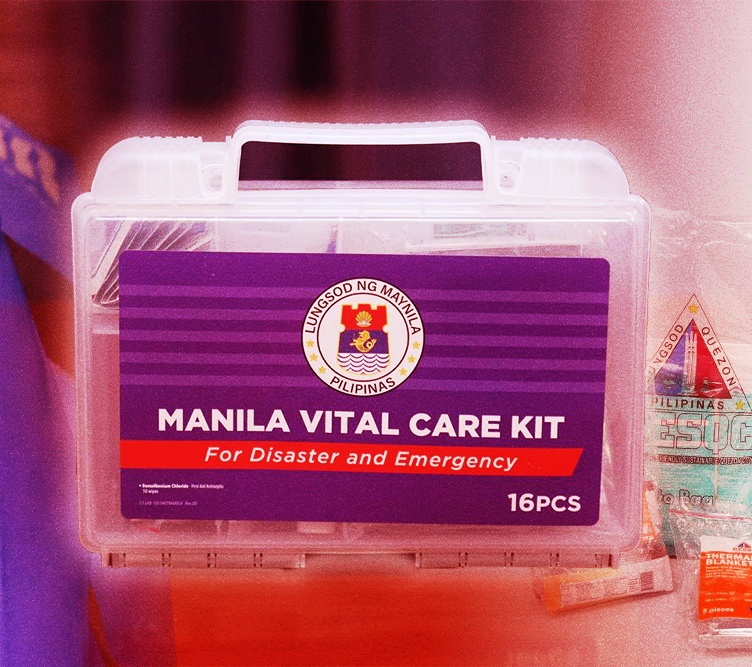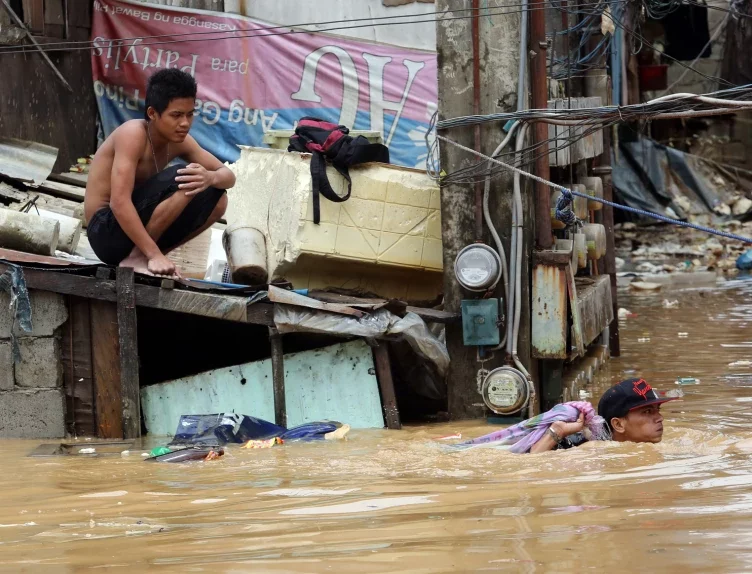It’s Dengue Awareness Month, and cases of mosquito-borne infection continue to soar as the country is well into the wet season.
The Central Visayas region, composed of Cebu, Bohol, Negros Occidental, and Siquijor currently holds the most dengue fever cases at 6,968.
In Davao, a staggering 1,954 dengue cases loom in the city. Alarmingly, these numbers surpassed the Department of Health’s (DoH) fatality rate of 0.5 percent. It also shows that dengue infection is highest in urban and suburban areas.
As a rampant disease in tropical climates like the Philippines, the fight against dengue is still up.
Simple ways to combat dengue simply begin with knowing its symptoms and sources, and its prevention.
Symptoms and sources
Simply put, dengue is a viral infection that is transmitted by mosquitoes to humans through the bite of infected mosquitoes.
Often, people with dengue have mild or no symptoms but those who do experience symptoms may have headaches, high fever, nausea, and rash.
Severe symptoms include stomach pain, persistent vomiting, bleeding, difficulty breathing, and fatigue. While one may recover from dengue in 1-2 weeks, it could potentially lead to death on rare occasions.
Before mosquitoes infect the human body, it all starts when they breed in or near water.
Mosquitoes lay eggs in or near water. Any body of water or container such as a bucket, bowl, or vase can be a potential hatching ground for these insects.
The likelihood of dengue only increases as many Filipino families live near rivers or open canals, and households have drums (timba) of uncovered water and a scooper (tabo).
Prevent dengue now
The DOH has long since then established the campaign “5S” Kontra Dengue (5S Against Dengue).
This means “Search and destroy breeding sites; Self-protection from mosquito bites; Seek early medical consultation; Support fogging in areas with clustering of cases; and Sustain hydration.”
This set of practices promotes a clean, organized, and safe surrounding and reduces mosquito habitats.
Correspondingly, cleanliness is key in the department’s initiative: the “4 o’clock habit.”
The habit includes cleaning the environment at four in the afternoon to mitigate the spread of dengue.
The dengue virus continues to be endemic in the Philippines, and the World Health Organization has recorded 100-400 million infections annually around the globe.
Thus, small steps such as covering water containers or keeping hydrated can go a long way to lower the curve.
With reports by Regine Dayao
How useful was this post?
Click on a star to rate it!
Average rating 0 / 5. Vote count: 0
No votes so far! Be the first to rate this post.
We are sorry that this post was not useful for you!
Let us improve this post!
Tell us how we can improve this post?









